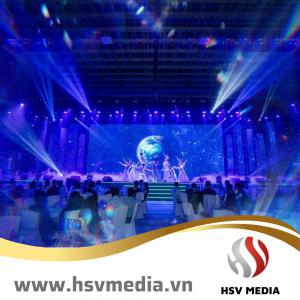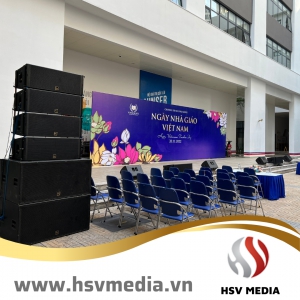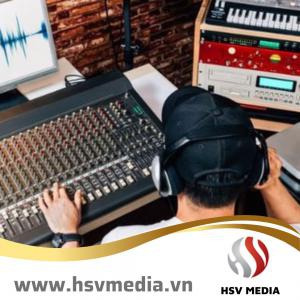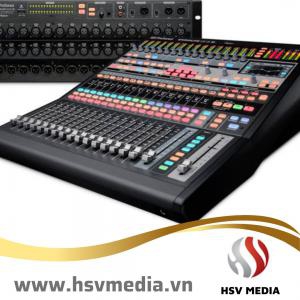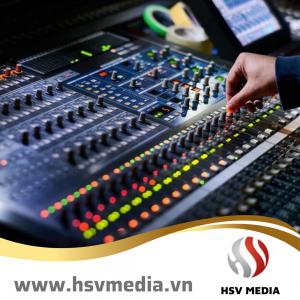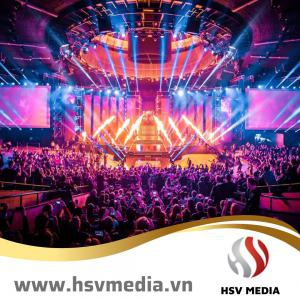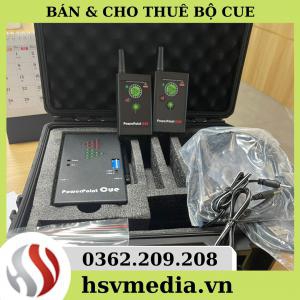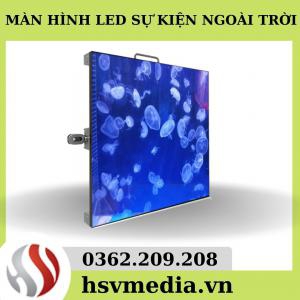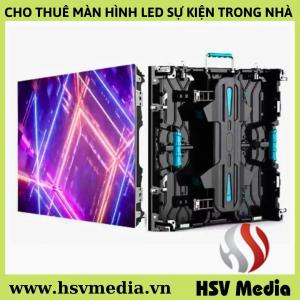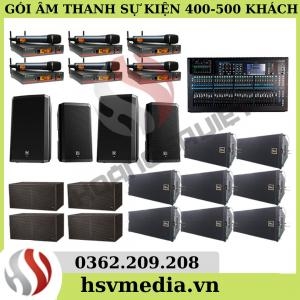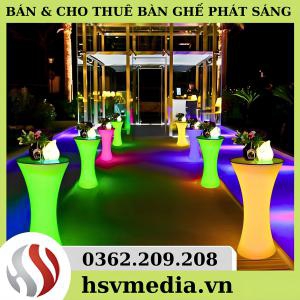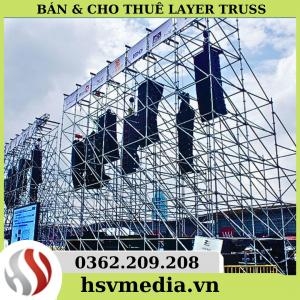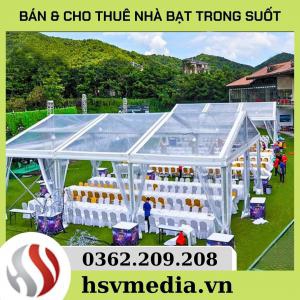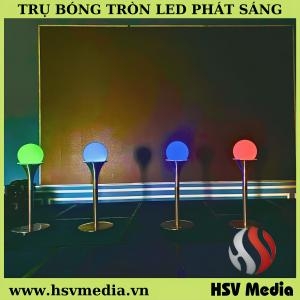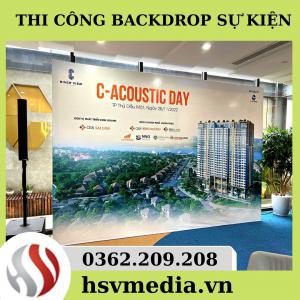The system is processing. Please wait a moment!
- Home Services SHARING EXPERIENCES SOUND AND LIGHT
Things to Note About Event Lighting Systems
HOW IMPORTANT IS LIGHTING IN AN EVENT?
In professional events, lighting is an important factor contributing to a successful event. Whether the event is large or small, to achieve the best quality and efficiency, it requires many important factors, including lighting. Designing an eye-catching lighting system that matches the event theme is an art that not every event organization company can do. In addition, finding a reputable lighting rental unit is a factor that directly determines the quality of the lighting system at the event.
The lighting system is also a tool to attract all the eyes of the participants towards the stage. In addition, the diverse color variations of the lighting system are also an art of visual stimulation, creating an impression on the audience.
THINGS TO KEEP IN MIND ABOUT EVENT LIGHTING
1. Classification of lighting systems
The event organizer must clearly calculate the entire needs and installation location of the event's lighting system. Depending on the role and location of each area, the lighting equipment will be installed differently. Lighting helps create color for the event. Therefore, the event organizer must have specific and detailed design plans. In addition, regular progress checks will help the event achieve high efficiency. Event lighting systems are often divided into 3 types:
- Colored light, white light : The colored light system, white light will move continuously to help create a background for activities in the event.
- Protective lighting : Protective lighting is responsible for protecting the event area with appropriate light intensity and will be the best choice.
- Support lighting : This lighting system is responsible for supporting activities. Preparing for activities that will take place during the event.
.jpg)
2. Types of event lighting
- S canner light
Scanner lights emit strong light with a variety of effects such as: color creation; gobo (blocking light into shapes, flowers, etc.); iris (contracting or enlarging with a block); prism (multiplying images with a prism); zoom (contracting or enlarging with a lens); pan (horizontal rotation); tilt (vertical rotation). However, this type of light is quite bulky, so it is often only used for large events, fixed by hanging high.
.jpg)
- Moving Head Light
Moving head for flexible horizontal and vertical scanning angles with many extremely special vivid effects.
The difference between moving head and scanner is the target audience. If scanner is mainly used on fixed stages by hanging high, moving head is placed on the floor and reflects light back onto the stage.
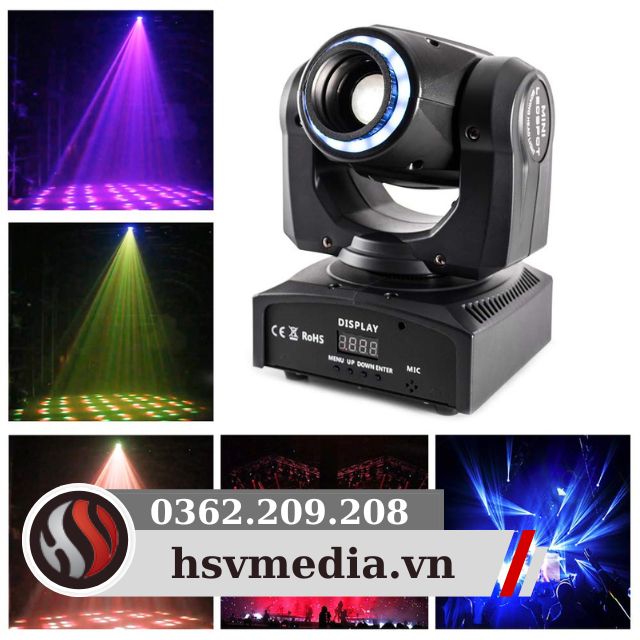
- Strobe Light
Strobe light is a type of light that has a similar light to Flash but is much stronger. The light has the ability to blink continuously, and can be adjusted to a fast or slow speed at will. Therefore, it is often used in climax, vibrant scenes, combined with smoke and laser effects to bring explosion to the audience.
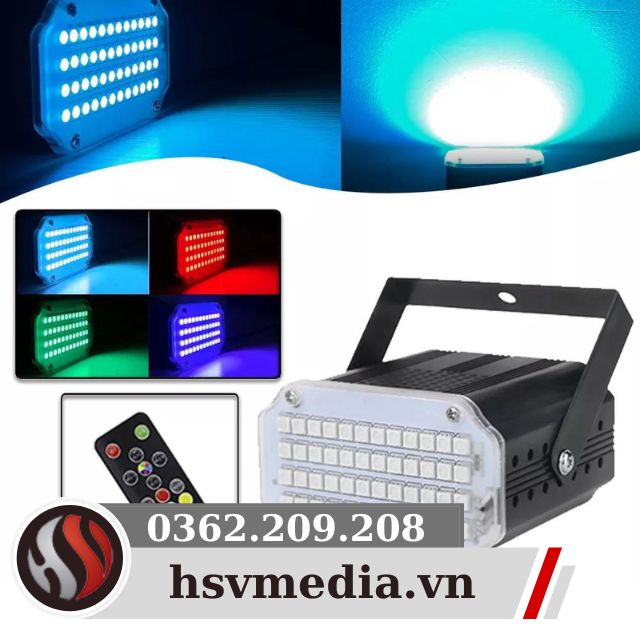
- Follow light
Follow lights are lights that use round white light to shine directly on the main character speaking on stage to attract the attention of the audience. However, a significant drawback is that there must be someone directly operating them in the wings. This is quite a disadvantage for small programs, with few staff or limited space.
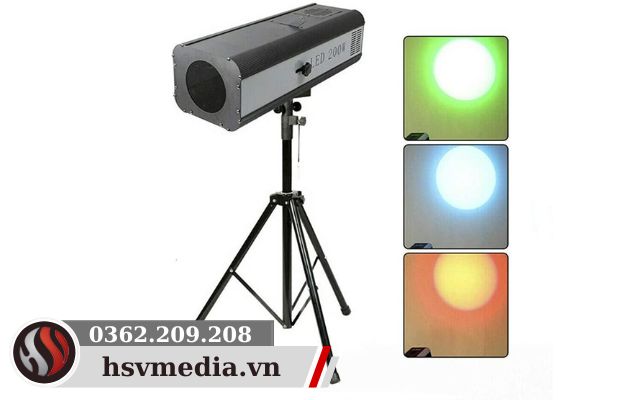
- Ultraviolet light
This is the type of light used to run on stage. Continuous projection combined with light of different colors creates brighter and more realistic colors. Especially when combined with white. There are 2 types of UV lights: blue and black, blue UV lights give brighter and fresher colors than black.
- PAR 64 lamp
PAR 64 lights provide soft, non-reflective light. Dimmers can be used to create quick light intervals with many vivid effects. Therefore, it is not difficult for it to become a basic light used in most large and small stages today.

3. Lighting direction
Lighting direction is where you intend to place the light source to create the desired effect.
In typical events, you will encounter the following basic lighting directions:
- Facing direction: Is the position of the light source in front of the stage facing the character on stage. This lighting direction will help the audience see the character on stage clearly.
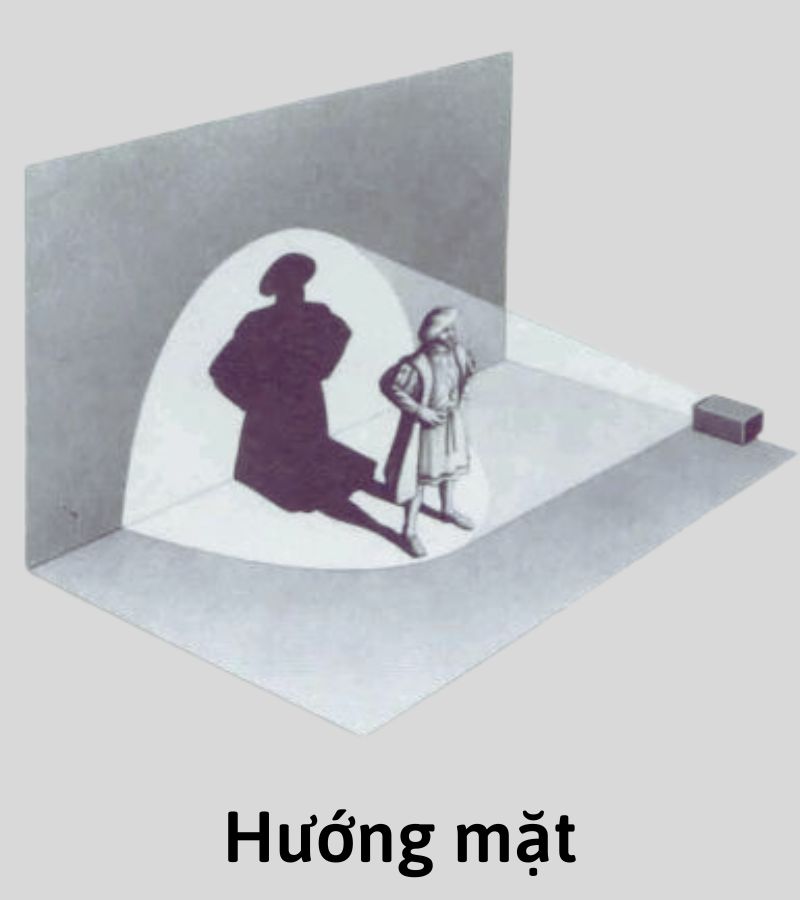
- Top direction: The position of the light source above the character's head
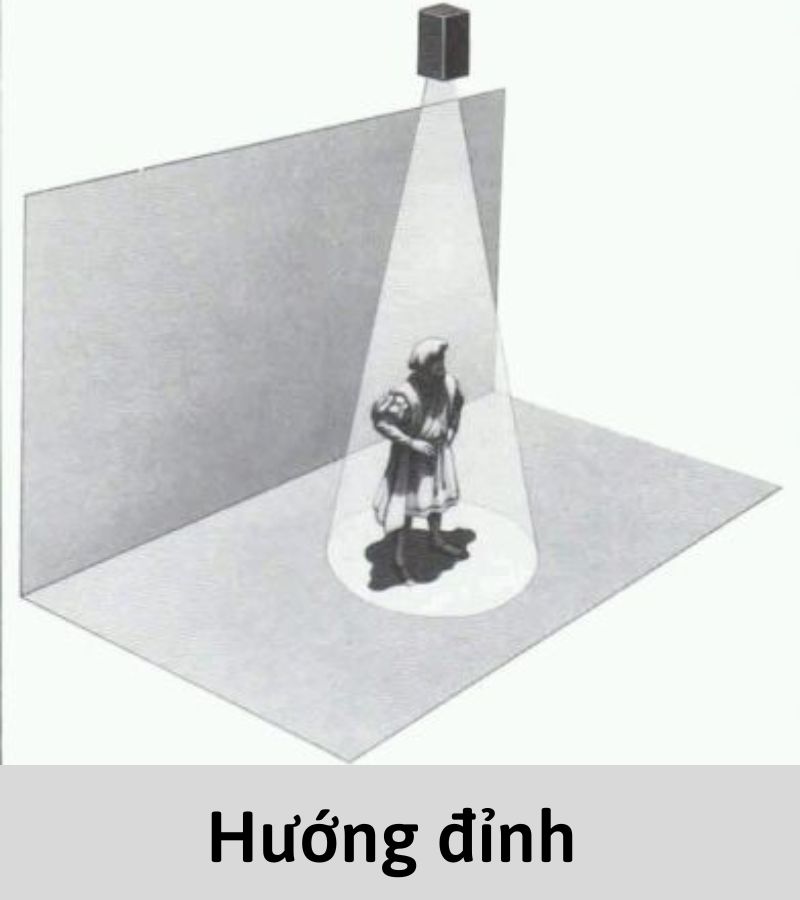
- Backlight: Is the lighting direction with the light source placed behind the character's back and opposite to the face direction.
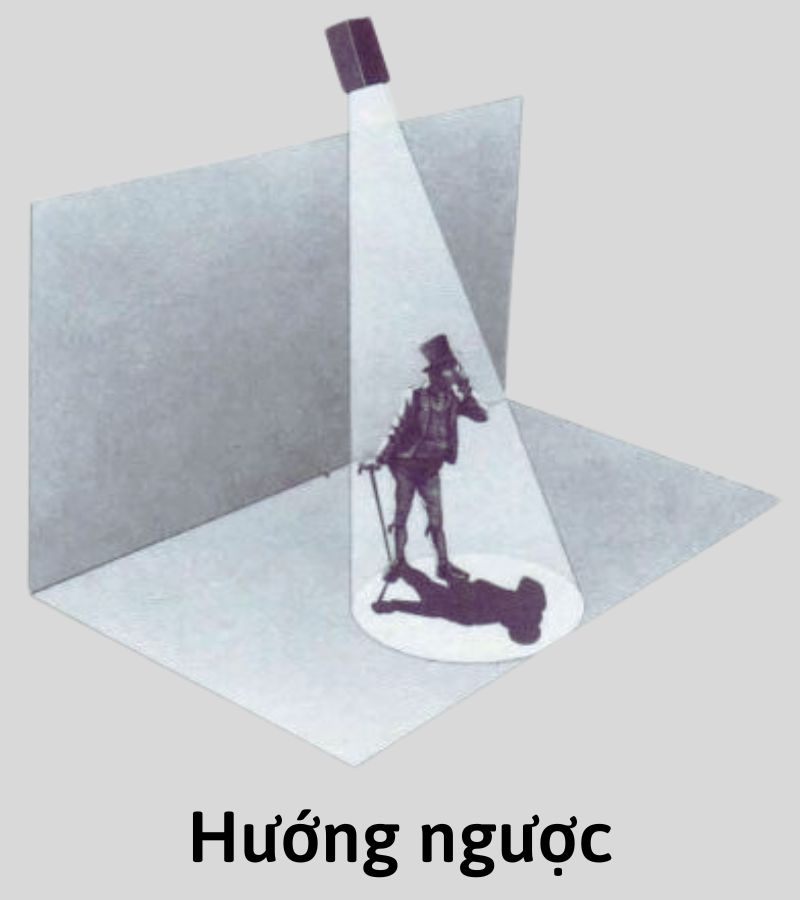
- Side direction: in the stage there are 2 wings on both sides so it is often called the wing direction to indicate that the light source is designed there to illuminate the 2 sides or 2 cheeks of the actor.
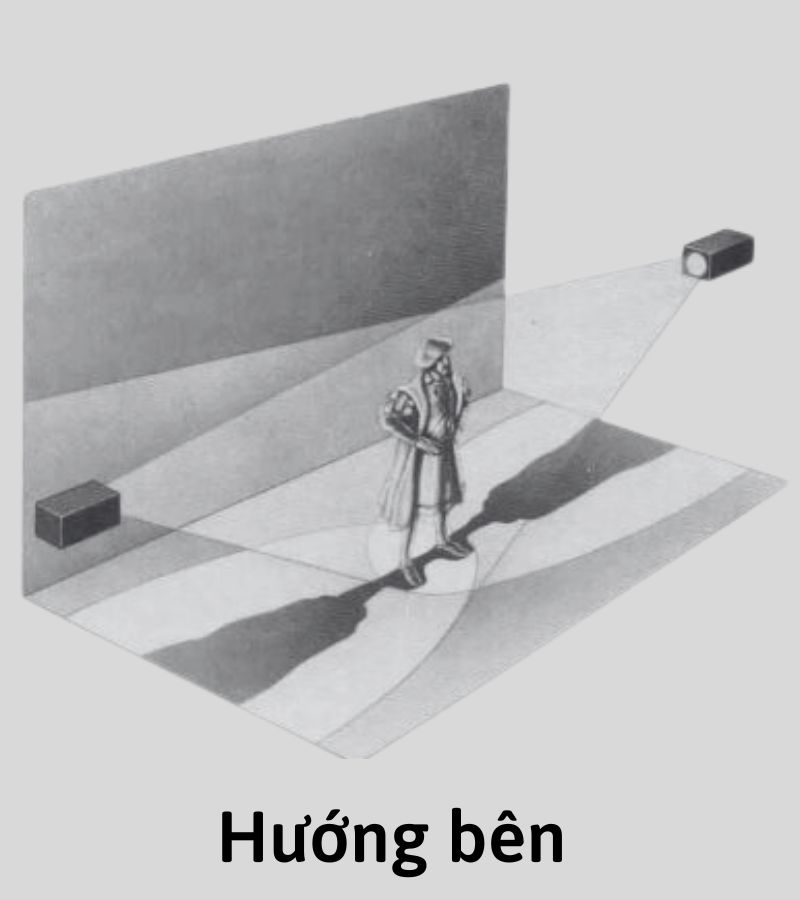
4. Lighting angle
The lighting angle helps the light reach its target and illuminate the right spot. In lighting theory, a common number is 45 degrees. This is considered a reasonable lighting angle for objects on stage. In addition, placing the light source at different angles to the character also creates different lighting effects that express the content you want to convey.
5. Run the program before the event takes place
To ensure that the lighting system is error-free and runs according to the script, it is necessary to test the program before the event takes place. The program running process will help you visualize more clearly what you want to show in the program so that you can make timely adjustments if there are any errors.
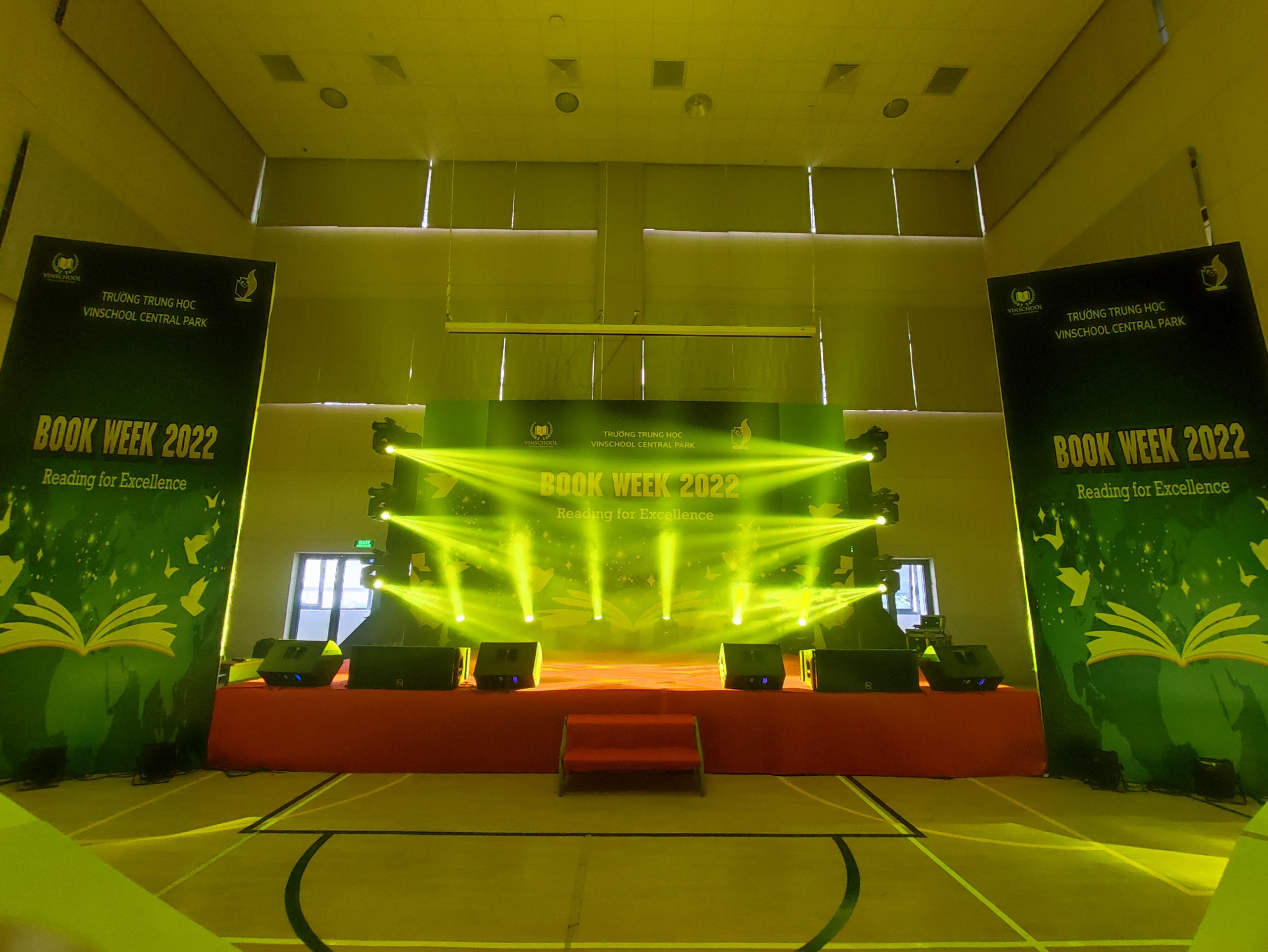
HSV Media hopes that through the above article, you will better understand the event lighting system. HSV Media is a professional supplier, renter and installer of event lighting systems, always ready to accompany customers to create successful events. For more information, please contact the hotline: 0362.209.208 for support.



